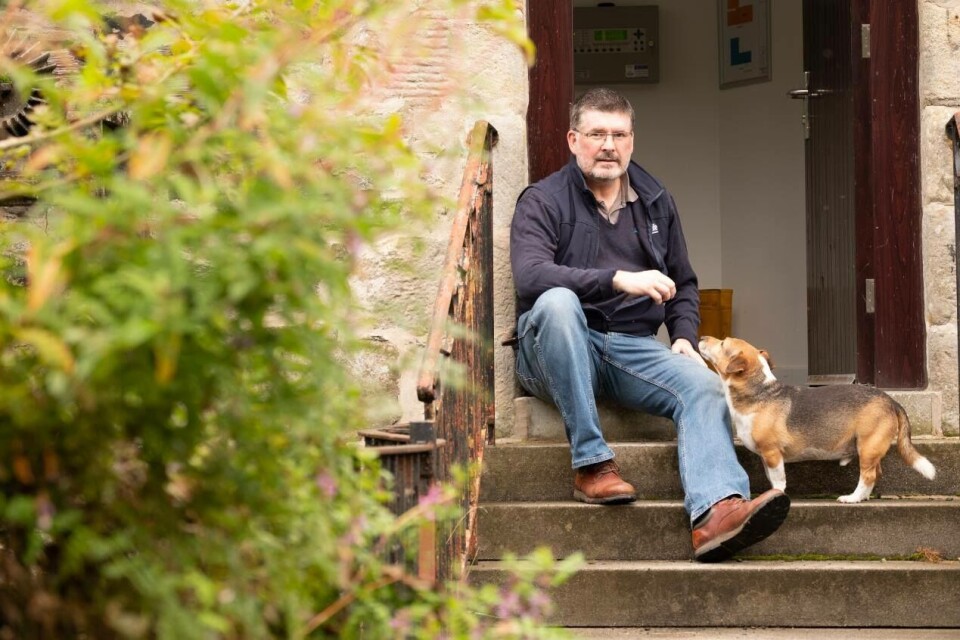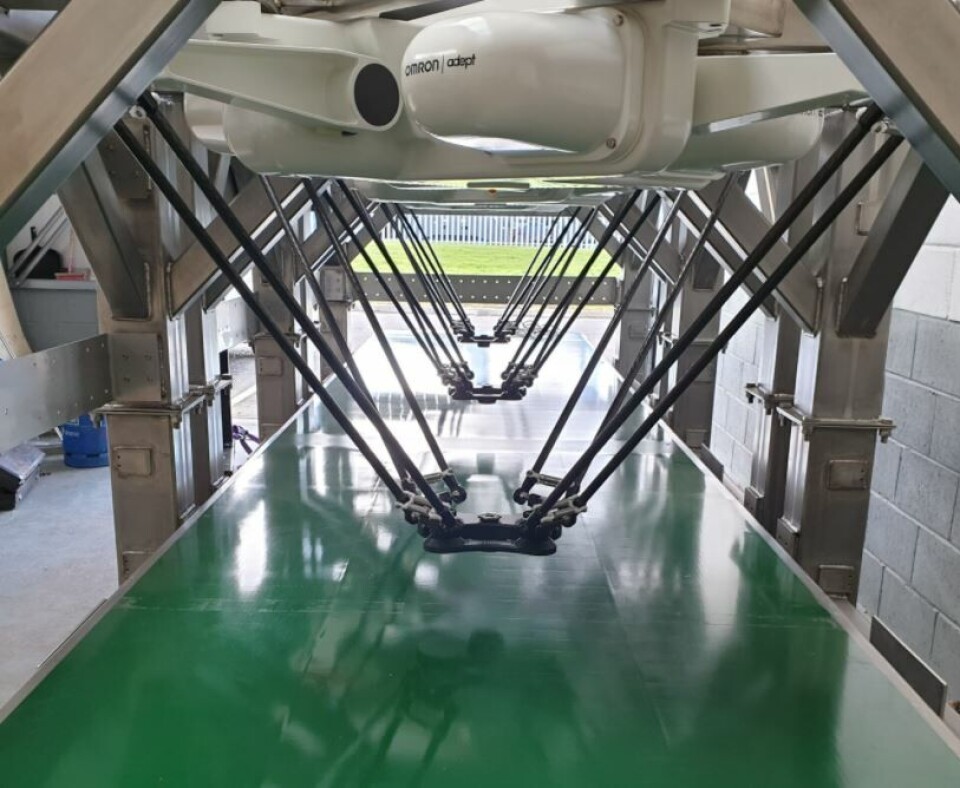
How Covid put Scottish fish vaccinator at the sharp end of innovation
A new semi-automated fish vaccination system that requires just a third of the workforce needed for manual vaccination will be rolled out by Scottish company Aqualife next year.
The Stirling-based company developed its Inoca technology after Covid-related travel restrictions prevented its teams of trained vaccinators going abroad to major markets such as Norway.
Aqualife, which has vaccinated more than 1.6 billion fish worth £10 billion since starting up in 1996, had already been working on its Inocubot fully automatic system but switched development to Inoca.

No training required
“The main reason for this was that our traditional business model of sending teams of people around the world to vaccinate fish, doesn’t work with travel restrictions,” said Aqualife chief executive Gordon Jeffrey.
“By developing this new machine, which we did from scratch – from paper to commercialisation in 18 months - we will use one third of the people required in traditional hand vaccination teams.
“Because fish are simply fed into the system, anybody can do it - it takes six months to train a hand vaccinator - and we can employ local people in the areas we’re working. It’s been a difficult and expensive way of getting around Covid restrictions, but the unforeseen consequence has been the interest show by producers of other species.”
21,600 fish per hour
A six-channel Inoca system can vaccinate between 15,000 and 21,600 fish per hour, and requires three operators, each of whom feeds fish into two channels.
“The system works on multiples of two channels, so can be built up from two channels to eight, 10 or 12 depending on farmers’ needs,” explained Jeffrey.
The Inoca system can deliver up to three intraperitoneal (IP) injections and one intramuscular (IM) injection to any species of fish at the same rate. Competitor systems require different machines to do this, said Jeffrey.
The system also grades fish into three sizes. The operators feeding the fish into the Inoca remove any unwanted stock.
Aqualife already has an Inoca system in operation in Norway, and full rollout will be from May 2022, aimed at a variety of fish farming markets.

Any farmed species
“Salmon and trout are the species in our traditional markets of UK, Ireland and Norway, sea bass in the Mediterranean and there is lots of interest for the tilapia markets in Africa, Southeast Asia and South America,” said Jeffrey. “However, this machine has been designed to work with any farmed species and there has been interest from yellow tail and barramundi producers.
“As long as we can get good images (datasets) of a species and the area in which the needle is inserted, we can upload new software to the system and vaccinate that species without major hardware changes.
“There has been interest from all over the world. The fact the system can vaccinate multi species with numerous vaccination strategies, all in the one machine is of huge interest. IM injection is becoming more and more popular in the UK and Norway and our system gives farmers an easy option to administer all their vaccine requirements with one machine.”
Different options
Aqualife will offer the Inoca as part of a vaccination service package but will also have a weekly rental option and a sales model.
Three versions of the machine will be offered: the Inoca Salmon, Inoca Fresco and Inoca Oceano.
“Inoca Salmo is aimed at the salmon industry. It will have both IP and IM vaccination capability and can deliver three IP vaccines, but this could be scaled up to four or five or six as vaccination strategies change,” explained Jeffrey.
“Inoca Oceano is aimed at sea water species. Inoca Fresco is our simplest machine delivering one IP injection and is aimed at tilapia and pangasius.”

Inoca Auto
The fully automated Inocubot, which will be known as the Inoca Auto, is at least a year away from reaching the market and will offer more functions than the Inoca, including automatic sorting of unwanted fish. It will also be capable of determining the fish health, fins and gill colour, and storing the images for future use.
“The Inoca has been designed to be fairly simple to be able to work in difficult environments,” said Jeffrey. “We use sensors, not cameras and vision systems. Vision systems and cameras struggle in the heat, dust and humidity of some countries. However, our system still gathers lots of data and sorts fish into three sizes.
“The Inoca Auto uses cameras and a vision system and will be mainly used in salmon and trout hatcheries. Due to its scalability, it will serve smaller hatcheries as well as large ones.”
‘Better value than rivals’
There’s been initial aquaculture industry in the automatic system, but that won’t develop further until Aqualife is ready to begin full testing, said Jeffrey.
“The Inoca Auto will be more efficient, smaller and better value for money that anything else on the market. It will also be easily scaled so will be more affordable for smaller farms,” he said.
Jeffrey said Aqualife had invested around £1 million in the development of the Inoca and the fully automatic Inocubot and has taken out a loan from UMi Debt Finance Scotland to help fund its work.
‘Hungry for funds’
UMi Debt Finance Scotland manages a £12m loan fund designed to help Scottish SMEs innovate, grow and diversify, and fully funded and owned by Scottish Government.
“We’re hungry for funds. We’re transitioning from a service-based company to a tech-led business, and that requires funding,” said Jeffrey.
“We heard about UMi via Scottish Enterprise and our dealings with them were a pleasure from start to finish. I liked their personal touch, and the way they really wanted to know about the actual business, which is quite unusual – most funders just look at the figures.”























































